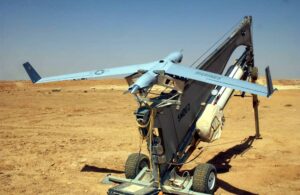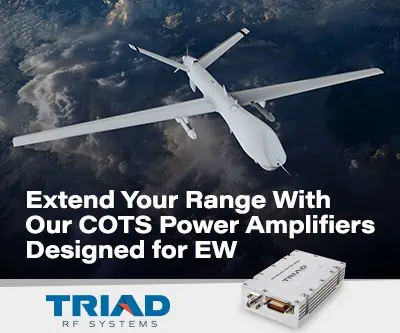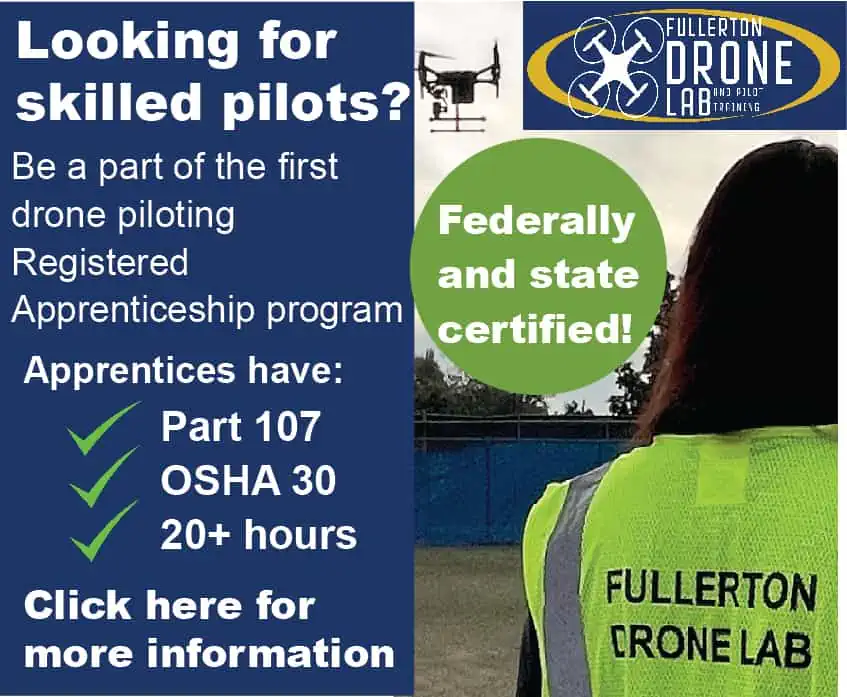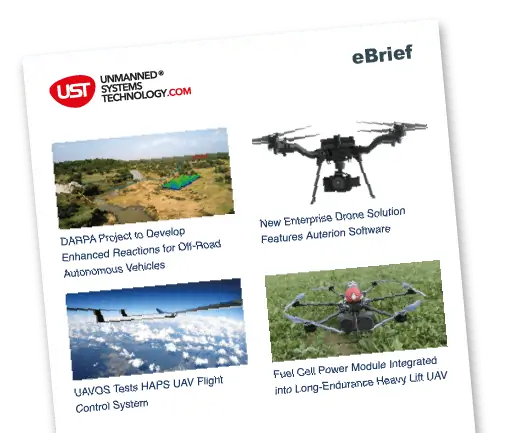Worldwide markets are poised to achieve significant growth as the launchers for unmanned aerial systems provide a way to automate surveillance of wide areas and implement strategic military missions that strike at terrorists without injuring civilians.
ReportsnReports.com has added a new comprehensive report titled “Launchers for Unmanned Aerial Systems and Targets: Market Shares, Strategies, and Forecasts, Worldwide, 2012 to 2018” to its portfolio. The report contains a market description and market dynamics, market shares and market forecasts, product descriptions, technology and company profiles.
Launchers for Unmanned Aerial Vehicles (UAVs) are portable devices that support remote placement of ways to launch self-piloted aircraft. These UAS aircraft can carry cameras, sensors, communications equipment or other payloads. UAVs are smaller than manned aircraft. They are cost-effectively stored and transported creating the need for portable launchers. The UAS do not need an airfield to take off, creating significant UAVs make significant contributions to the fighting capability of operational war forces.
The designs developed by engineering staff are strong, sturdy, and capable of operating in the most severe environmental conditions. Modular designs create the capacity for interchangeable functions on the same launcher. Modular systems support component replacement instead of complete overhaul.
Since launchers may be used by someone who is unfamiliar with them, it is important that they be user-friendly.
In-the-field serviceability is a necessity because the unmanned systems may be located anywhere. The value of the systems is that they are flexible and easily sent off in the place where there is trouble, where they are needed. In this instance, quick re-configuration is a necessity.
They provide extensive need for experience in weight management, RFI problem solving, range maximization and optimization of system performance, and integration of airframe, avionics and payloads. The aim is to design launchers for UAVs/UATs of any geometric configuration and exit velocity.
Launchers are used to launch drones. Drones are technically known as unmanned aerial vehicles, or UAVs. The launchers for these aircraft support remote take off for air strikes and surveillance without the benefit fo an airport. They are used by governments.
According to the lead author of the team that prepared the launchers for unmanned aircraft market research study, “Launchers can be used to eliminate the need for airports for a broad mix of unmanned aircraft. Unmanned aircraft are smaller, lighter, and speedier. Unmanned aircraft promise to remake the military mantra, paving the way for a new world order.”
Unmanned aircraft systems promise to achieve a more significant aspect of military presence. Markets for unmanned aircraft launchers at $118 million in 2011 are anticipated to reach $1.3 billion by 2018. Growth will come as the drones are lighter and less expensive, performing aerial warfighter tasks remotely, with no danger to a human pilot.



















